Medieval Warfare picks up where its sister magazine, Ancient Warfare, leaves off. Starting around 500 AD, Medieval Warfare examines the world during the Middle Ages up through the early years of the Renaissance (the magazine generally leaves off in the 16th century). While popular topics such as the Crusades and the Vikings are given regular coverage, Medieval Warfare also tackles more complex and obscure topics, ranging from the Umayyad Caliphate versus the Byzantine Empire to horse trading in 14th-century England.
Medieval Warfare
Pointy shoes led to bunions
Marginalia
£5 million project for Caerphilly Castle
THE BATTLE THAT MADE SPAIN • Toro was the major battle of the War of the Castilian Succession, which pitted the king of Portugal against the ruler of Aragón. The battle was a bloodbath that ended in a draw, with half of both armies defeated and leaving the field, but the Catholic monarchs, Isabella and Ferdinand, were faster to claim the victory, so most of the country aligned with them. The battle consolidated the union between Castile and Aragón that would forge modern Spain. A victory by Portugal would have meant the merger of Castile under Lisbon. Spain would never have existed.
ARRAY ALL THE MEN • For centuries, England relied upon militia for its defence. During much of the medieval period into the modern period, this system had provided thousands upon thousands of men to fight to protect England from its enemies. Probably based upon the ancient Anglo-Saxon fyrd obligations, that all freemen of England be armed and expected to array at the call of the king, by the fourteenth century this system had developed into an organized and common part of English life. This article will explore the basic programs employed, how the militia was recruited, and their organization.
A light in darkness
LITHUANIA’S WAR MASTER • At the dawn of the fourteenth century, Samogitia in Lower Lithuania became hotly contested between the expanding Catholic Teutonic Order and the pagan Lithuanian duchy. In these dark times, the Lithuanians needed a highborn champion to guide them against the well-led Teutonic Knights. The task before the Lithuanian grand duke was to oversee several dozen princes and successfully direct the war effort against the well-equipped invaders.
Apokalypse now
THE (SEA) ROAD TO LARGS, 1230-1263 • In the autumn of 1248, a ship out of Norway bound for the Isle of Man in the Irish Sea foundered in a storm off Shetland with the loss of all aboard. Among the many nobles who perished were Harald, King of Man and the Isles since 1237, Harald’s new bride, Cecilia, daughter of King Hakon IV of Norway, and the Bishop of the Isles. Little wonder, then, that the Icelandic saga-man Sturla Thordarson (d. 1284), author of a saga-biography of the Norwegian king called King Hakon’s Saga, lamented, “That was thought by men the greatest disaster. And it was the greatest harm and ill-luck to the South-islanders [i.e. Hebrideans and Manx] that they lost so suddenly such a prince, when his voyage to Norway had been so lucky …”
KING ALEXANDER III OF SCOTLAND • The conflict that built up to the Battle of Largs had deep roots, but it was fuelled by the fire and determination of a young king eager to establish his authority after a long minority government.
THE BATTLE OF LARGS • On 12 August 1263, King Hakon IV of Norway’s great fleet anchored in the Sound of Skye. The magnificent fleet made a deep impression on the locals. They left no written record of the awe they must have felt, but the memory of the event is retained in the placename Kyleakin – ‘Straits of Hakon’. In King Hakon’s Saga, Sturla Thordarson tells us that the fleet numbered more than 120 ships, most of them large and well equipped. The number of Hakon’s warships and their magnificently gilded stems and sterns were a powerful...
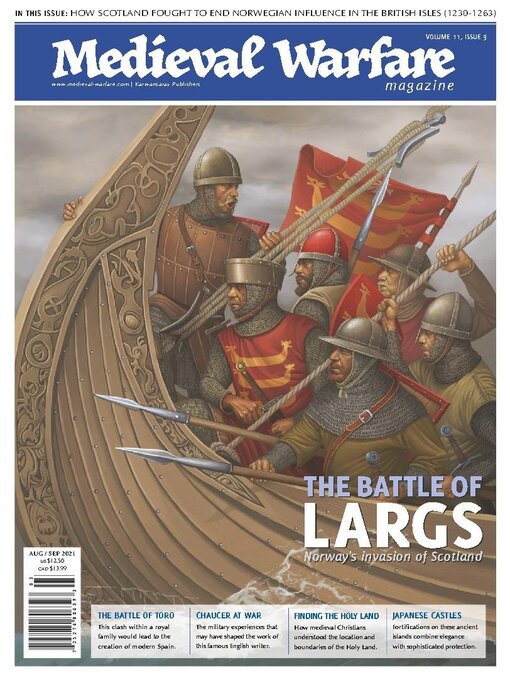
 Issue 11 - 2024
Issue 11 - 2024
 Issue 10 - 2024
Issue 10 - 2024
 Issue 9 - 2023
Issue 9 - 2023
 Issue 8 - 2023
Issue 8 - 2023
 Issue 7 - 2023
Issue 7 - 2023
 Issue 6 - 2023
Issue 6 - 2023
 Issue 5 - 2023
Issue 5 - 2023
 Issue 4 - 2022
Issue 4 - 2022
 Issue 3 - 2022
Issue 3 - 2022
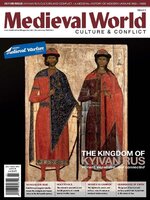 Issue 2 - 2022
Issue 2 - 2022
 Issue 1 - 2022
Issue 1 - 2022
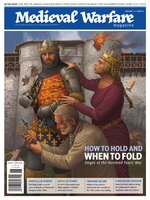 MW X11.1
MW X11.1
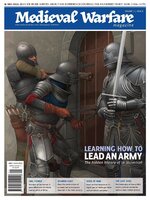 MW X1.5
MW X1.5
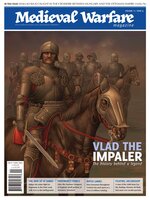 MW X1.4
MW X1.4
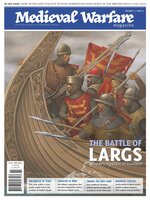 MW X1.3
MW X1.3
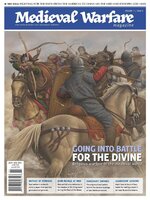 MW X1.2
MW X1.2
 MW X1.1
MW X1.1
